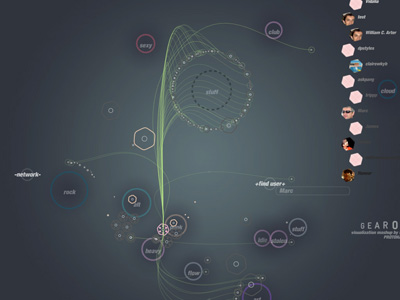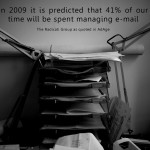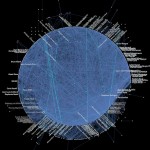
Shel Israel penned a great article with an unfortunate quote from writer and blogger Ashok Banker about his retreat from social media,
There shouldn’t be writers and fans. We’re all writers on such platforms and should be all equal. The moment there are writers and ‘names,’ it’s a failure of the system. I’m sorry but after seeing the way most bloggers shamelessly abuse the medium to promote themselves and their work instead of genuinely writing something worthwhile, I realized that blogging and microblogging have also become tools to crass commercialism.
Blogging, like any other technology, is a just a tool. This one in particular has done wonders in lowering the barrier so that anyone with Internet access has a persistent soapbox. And yes, that anyone also includes crass commercialists.
I for one, hope Mr. Banker will continue to blog and engage through social media. He has already gone well beyond how most authors engage with their audience today, and it would be a shame to fall to a false defeat.



